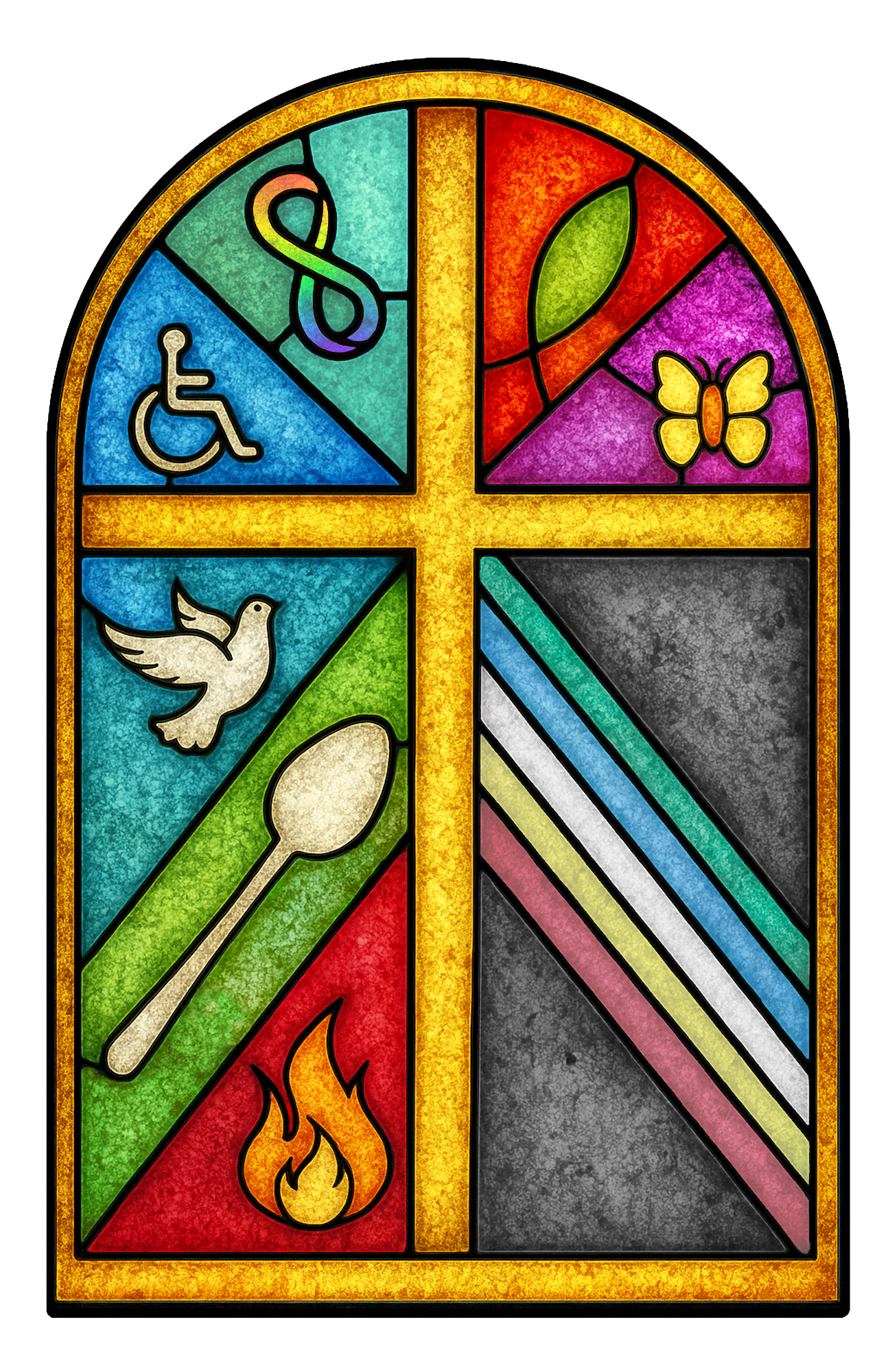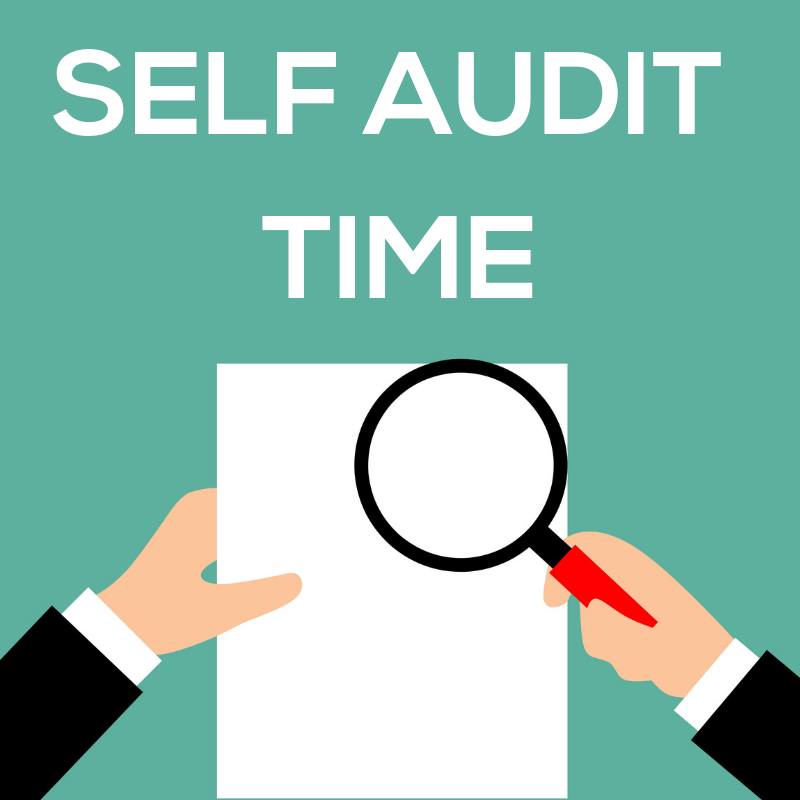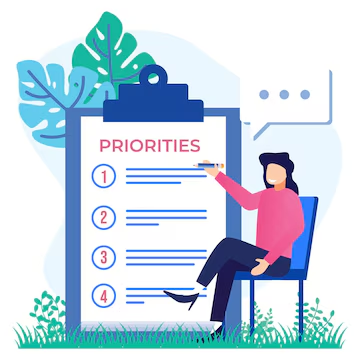Step 1:
Form an Accessibility Team

Why this matters:
Accessibility is everyone’s responsibility. Forming a diverse accessibility team ensures that multiple perspectives are represented, including those with disabilities.
What to do:
- Gather a small group of individuals who represent different roles in your faith community (leadership, facilities, communications, worship, etc.).
- Whenever possible, include people with lived experience of disability or those who regularly engage with accessibility needs.
- Clarify your team’s purpose, set regular meeting times, and assign roles (note-taker, facilitator, liaison to leadership).
- Commit to ongoing learning about accessibility, inclusion, and disability justice.
- self-audit
Tip:
If your organization already has a DEI, outreach, or facilities team, consider embedding accessibility as a standing focus area.




